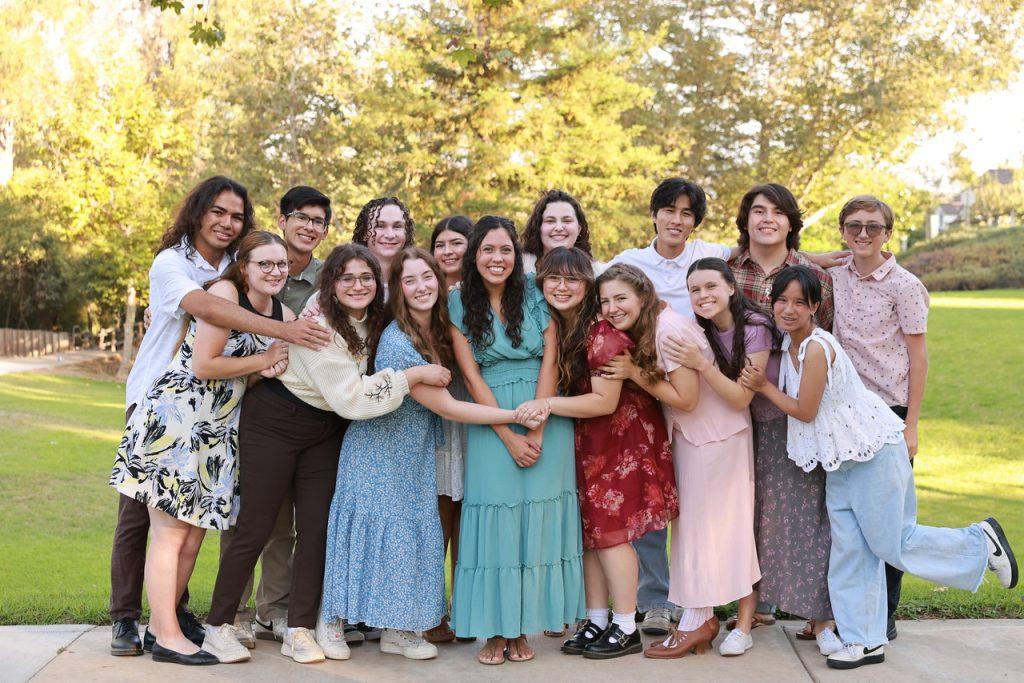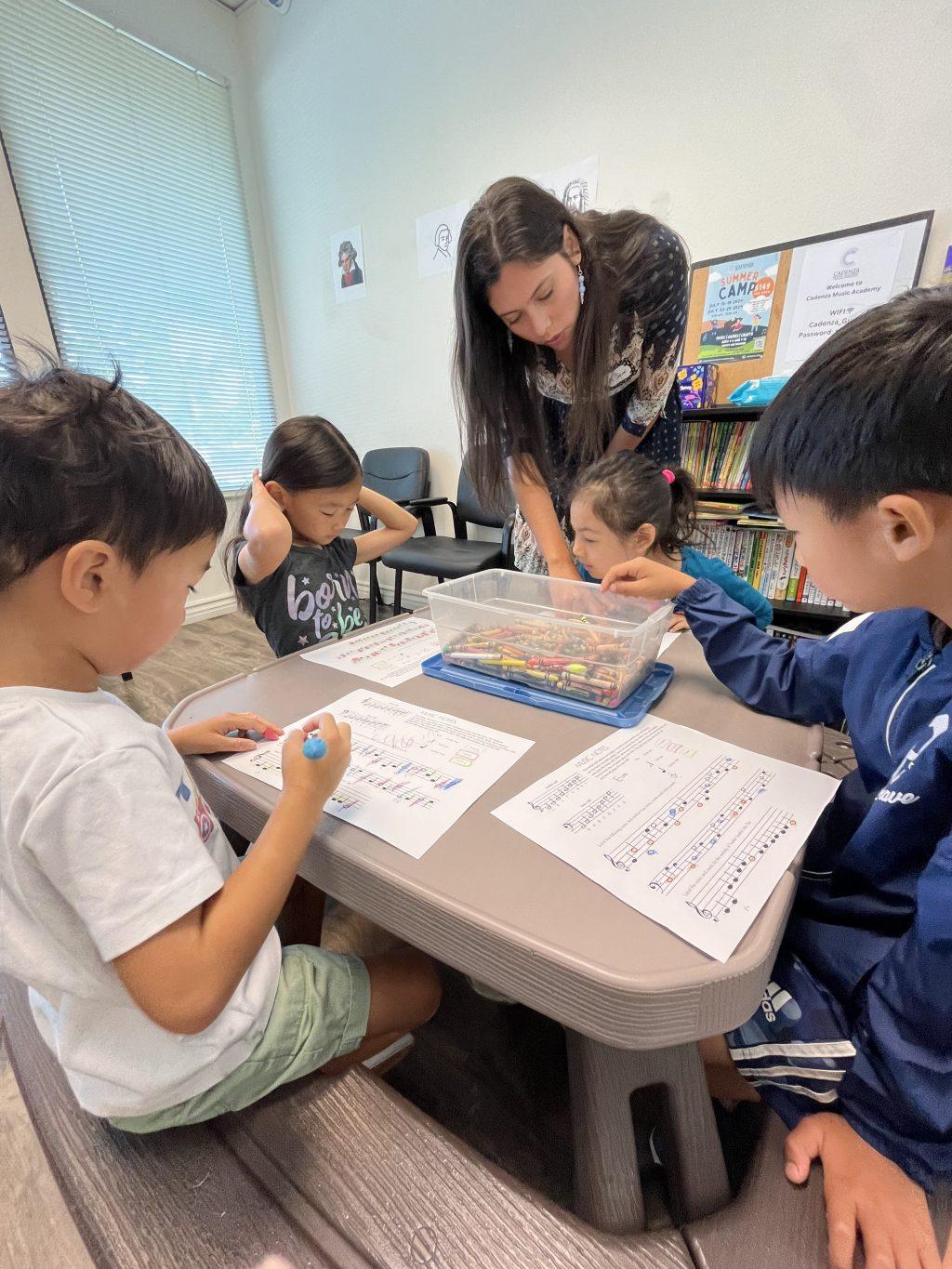Senior Sarai Makaila poses in Orange County in 2022. The photo was taken after she transferred to Pepperdine. Photos courtesy of Sarai Makaila
Approximately 50 million people worldwide have been diagnosed with epilepsy and 5 million are diagnosed each year, according to the World Health Organization.
“It is OK to feel alone. It is important to grieve, but know that this is not the end of your story. It is only the beginning,” senior Sarai Makaila said.
Makaila was officially diagnosed with complex partial seizures when she was a first-year at Penn State University, before transferring to Pepperdine in 2021. Though she had experienced seizures since high school, she said the lack of awareness and education about epilepsy and other seizure disorders is likely what caused the delay in her diagnosis.
“The hospital was like ‘It’s the flu,’ even though they tested me for the flu,” Makaila said. “No one knows about it, especially people from the ambulance. This was right when COVID was happening. They asked me if I had left the country. They thought that perhaps I had COVID.”
Though Makaila said she had experienced auras, or the state of awareness that typically precedes a seizure, no one had ever been present when an actual seizure occurred.
Makaila described an aura as a feeling of déjá vu, or living in a dream. She said she now knows her seizures are triggered by lack of sleep, making them more likely to occur in the morning. However, she was initially told she probably just felt strange in the morning because she had a difficult time “waking up.”
Makaila said she was very involved in her sorority, Kappa Kappa Gamma, at Penn State. One of the university’s main charity events is THON, which is a 46-hour dance marathon that raises money for childhood cancer treatment and research.
Makaila said students, especially those in Greek Life, are encouraged to stay awake for the entire 46 hours to replicate how tired the body feels after chemotherapy cancer treatment.

Makaila and her friend at THON in February of 2020. She raised money with her sorority for cancer awareness.
Two days after THON, Makaila said she felt an aura and later woke up on the floor with a professor standing over her; she had no idea how she got there.
“It’s actually the most terrible thing ever,” Makaila said. “The worst is when they call 9-1-1 and there are a bunch of men in your face and you have no idea what is going on whatsoever. You are trying to figure out where you are and you are just really tired and want to go to bed.”
The Diagnosis
Paramedics labeled Makaila’s seizure as general tiredness, the flu or anxiety. It was not until later that week — when her boyfriend at the time was driving her home to recover — that someone witnessed one of her seizures. After seeing one, he told her he was scared and that she needed to be seen by a doctor immediately.
“My eyes flutter and my head kind of bobs and I go unconscious,” Makaila said. “He was like ‘That’s super weird; I’ve never seen that before. We need to go to the ER.’ That was the first time a doctor looked at me and went ‘That was probably a seizure.’”
Seizure disorders result from a spike of electrical activity in the brain, which can be caused by various factors including head trauma, injury or neuron abnormalities, according to NYU Langone Health.
The Epilepsy Foundation defines epilepsy as a condition characterized by unprovoked, recurring seizures.
Common other seizure disorders include focal seizures and temporal lobe seizures. Temporal lobe seizures occur in the temporal lobes of the brain, which process emotion and memory, according to the MAYO Clinic. The Cleveland Clinic defines focal seizures as a disorder caused by an upsurge of energy in specific parts of the brain — typically only on one side — which may not show up in MRI scans.
Makaila said epilepsy or other seizure disorders can be difficult to diagnose because their symptoms can overlap.
“The terms are just thrown around,” Makaila said. “When you are going through the diagnosis process and even just like the medical system, it is very frustrating because it is hard to get information.”
She said she had no idea why she was having seizures and was concerned it may be caused by a brain tumor.
“I remember when I first found out I had seizures,” Makaila said. “Being 19 years old thinking about the possibility of you having a brain tumor and thinking about the possibility that you could die, is a very crazy experience.”
Additionally, Makaila said there is a negative stigma surrounding seizure disorders because they are an invisible disability.
“They definitely do not see it as a disability at all,” Makaila said. “People who are able-bodied have a difficult time understanding that people with a disability, and I am going to extend this to people with any sort of chronic condition, have to do life, but take ten extra steps to get there.”
Makaila stands with and the choir group she conducted Aug. 6, 2024. The choir calls themselves the Orange County Lil Choi Choir, or OCLC.
Living With Stigma Associated With Seizure Disorders
Makaila said the embarrassment that comes from having seizures, especially when others do not validate them, makes it difficult to talk about.
“Something that I have had to do is send a sheet out to my professors and to people I have worked with — my peers — about what to do if I have a seizure, and kindly ask that they do not spread that information to others,” Makaila said. “Not because I do not want it to be stigmatized, but because it is embarrassing and I do not want it to be misinterpreted.”
Makaila said she believes lack of epilepsy education is what makes people affected by seizures afraid to come forward.
“My type of seizure is the most common, yet I have never met someone with it, and I fully think that is because no one talks about it,” Makaila said.
Though the typical seizure lasts only a few seconds to a few minutes, according to the U.S. Centers for Disease Control and Prevention (CDC), Makaila said it affects almost every aspect of her academic and personal life.
“I am so grateful because I have had such gracious professors most of the time,” Makaila said. “I cannot get out of bed some days, and because I cannot go to class, I have to work harder to get caught up. But people can not understand that. It is almost like I am getting privilege. That is how it is viewed.”
John Silva, a Pepperdine music alumni and close friend of Makaila, said she is the most inspiring person he has met and hopes her testimony will help others better understand her disability.
“Stories are very powerful,” Silva said. “I hope these people find Sarai, who has endured so much. Sarai has these seizures, and she is out for at least a full day and has to rest and be home from school and not do anything. That’s the definition of debilitating.”
Silva said he is proud of Makaila for continuing to persevere amidst the challenges she faces.
“It seems like her entire life is working against everything that she is working for, and she still fights,” Silva said.
Planning For the Future
Makaila performs in “The Merry Widow” at Smothers Theatre on Feb. 22, 2024. Makaila was one of the leading characters.
As a vocal performance major, Makaila works hard to perform and pursue her passions, despite her seizures. However, she said her seizures can cause her to have doubts about the future.
“Thinking about jobs — what if medicine does not work or we can not find a solution?” Makaila said. “How am I going to work a job? I will not be able to drive. I definitely will not be able to be a teacher. I will not be able to perform.”
Makaila working with students at Yorba Linda United Methodist Church Pre School in July 2024. She said teaching young people music is one of her passions.
Makaila said most young adults in their twenties often experience anxieties about the future, but for her, it adds a deeper layer of uncertainty.
“I really want kids,” Makaila said. “I have worked with kids of all ages. It is something I have a really big heart for. I definitely want to adopt, but I’m scared to do that alone. Especially if they are babies or toddlers. If I do not get married, I will not be able to do that.”
Makaila said she hopes sharing her story of living with complex partial seizures will help spread awareness for those with epilepsy and other chronic illnesses.
“My number one prayer has always been, ‘I want to use what I have been through to reach out to people who understand and have been through the same thing I have been through,’” Makaila said. “You will do so much, not despite this, but with this, and perhaps because of this.”
____________________
Follow the Graphic on X: @PeppGraphic
Contact Kaiya Treash by email: kaiya.treash@pepperdine.edu





